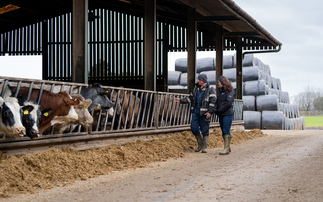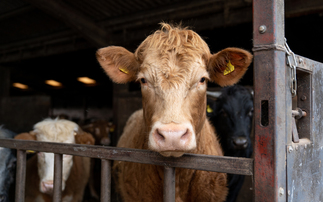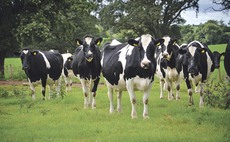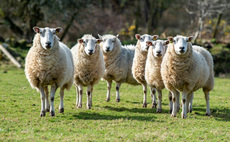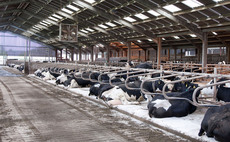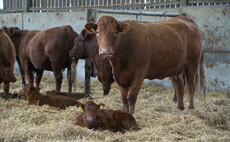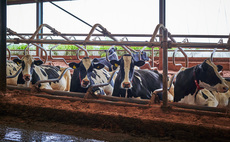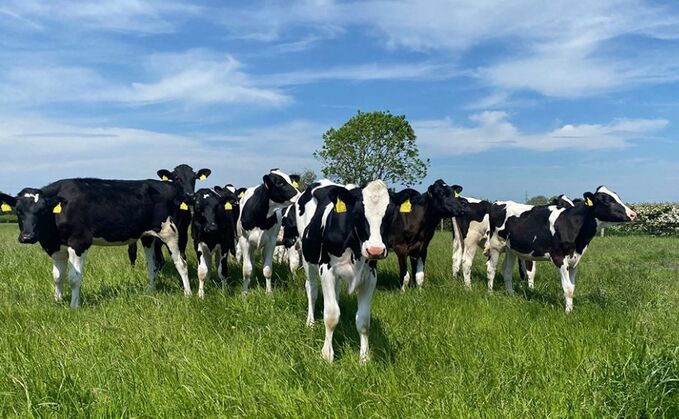
The increasing threat of lungworm to dairy herds means producers need to take extra care to manage the parasite and be alert to early signs of disease to prevent unnecessary loss of production.
The number of reported cases of lungworm has increased over the past 40 years, with outbreaks of lungworm disease now observed in spring and autumn, outside the traditional June-August period.
Lungworm disease is also becoming more common in adult dairy cattle, which means vigilance is required across the whole herd, not just youngstock.
The reasons for this increase in disease outbreaks is poorly understood, but it is likely to be because of reduced or destabilised immunity in cows.
Producers can help to prevent outbreaks, by:
1. Planning grazing rotations carefully to avoid driving high levels of lungworm contamination on pasture.
2. Ensuring young cattle receive a balance of exposure to lungworm, without creating a high challenge situation which results in disease.
3. Considering avoiding wholegroup treatment with long-acting wormers early in the grazing season, since controlled low-level exposure to lungworm is required to build and maintain immunity.
4. Being alert to coughing in cattle of any age and asking your vet to investigate as soon as possible.
5. Treating outbreaks quickly, with a wormer which supports recovery and prevents reinfection. Zero-milk withhold wormers are available.
MORE INFORMATION

For more information, speak to your vet or suitably qualified person or visit the Beat the Parasites website.













